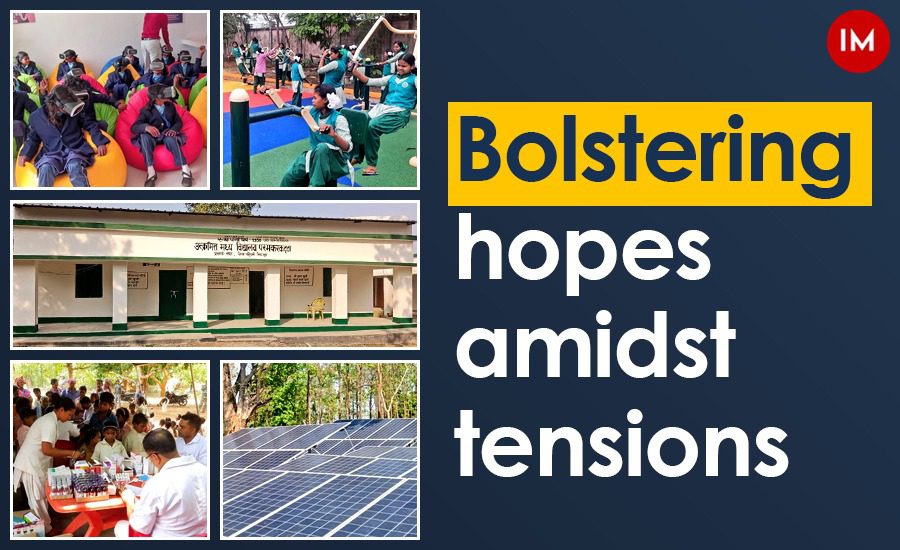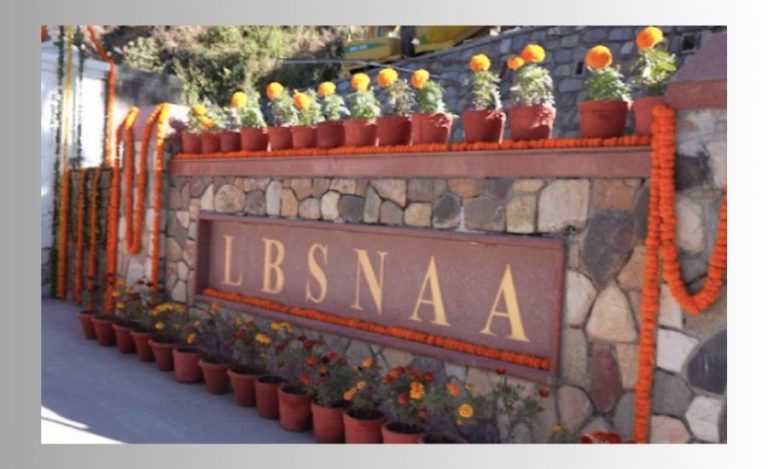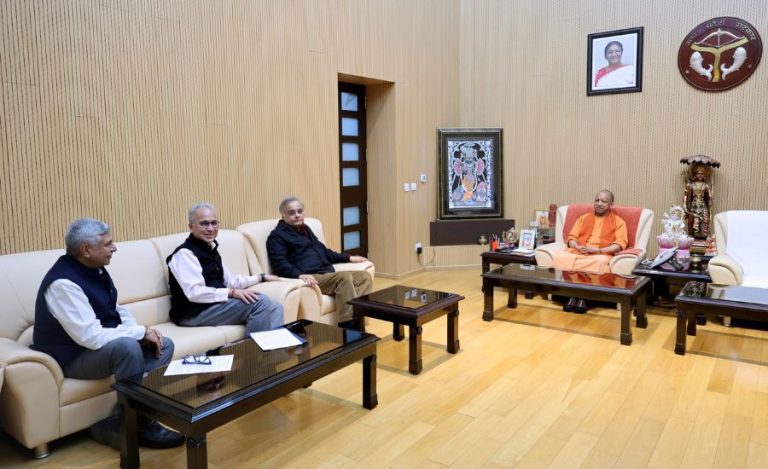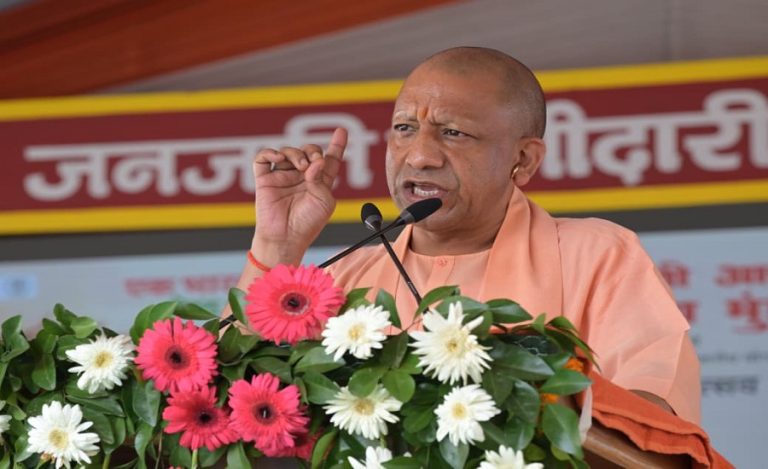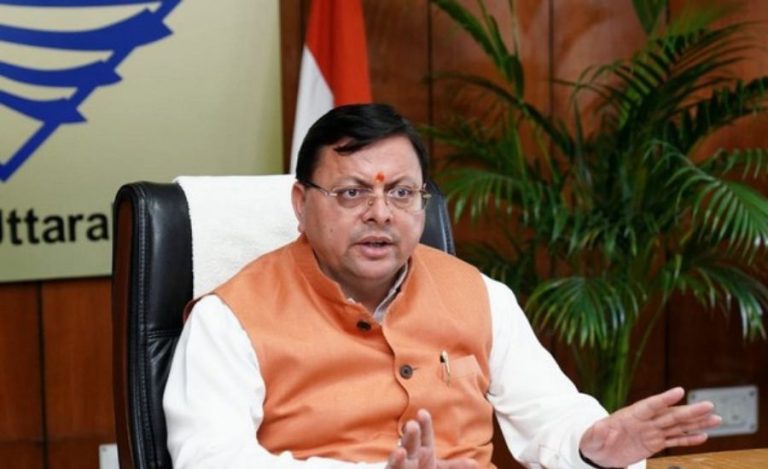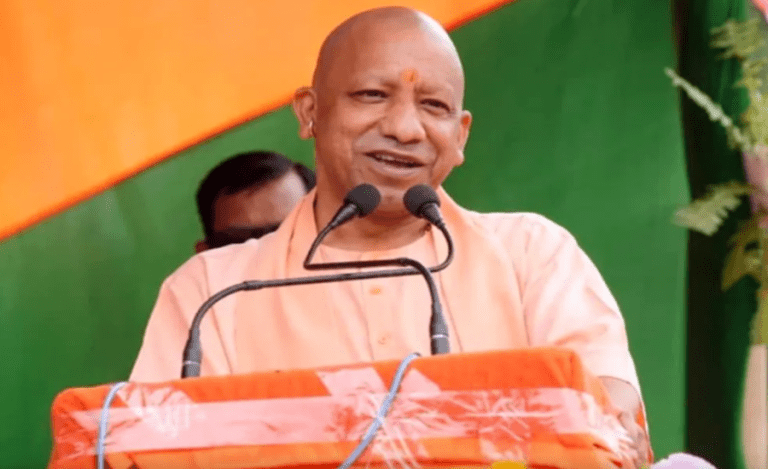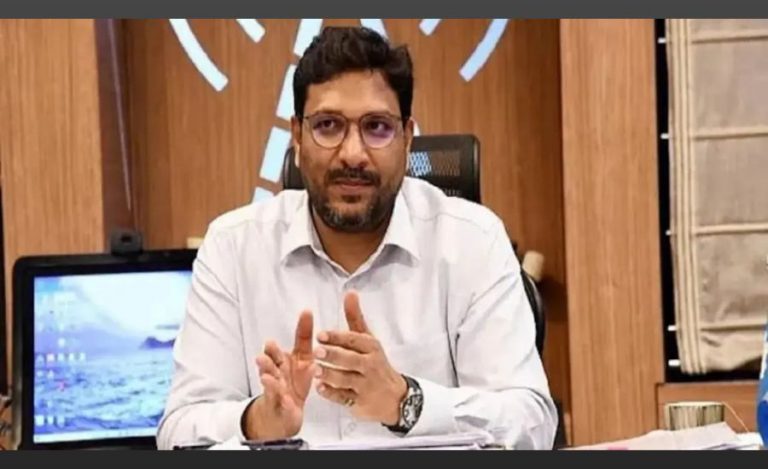There are many Naxal pockets in Jharkhand, and West Singhbhum is one such district which had been badly hit in the past. However, those villagers, who were the worst hit, are heaving a sigh of relief now, as things are definitely getting better.
Deputy Commissioner Ananya Mittal’s untiring efforts to improve the lives of the villagers living in the remote Naxal affected areas of the district have borne fruits and quality of life is improving.
Speaking to Indian Masterminds, Mr. Mittal shared about the initiatives that he undertook in the district to bring about a change.
IMPROVED HEALTHCARE
In order to address the healthcare needs of people in remote areas, a medical camp was organized in collaboration with security forces in Anjadbeda and Tumbahaka villages. A medical team from Sadar Hospital, Chaibasa, treated 135 local people, providing necessary medical advice and medicines. Additionally, administrative and police officials interacted with the villagers, informing them about the various government schemes they can avail of, and also motivated them towards leading a better life.
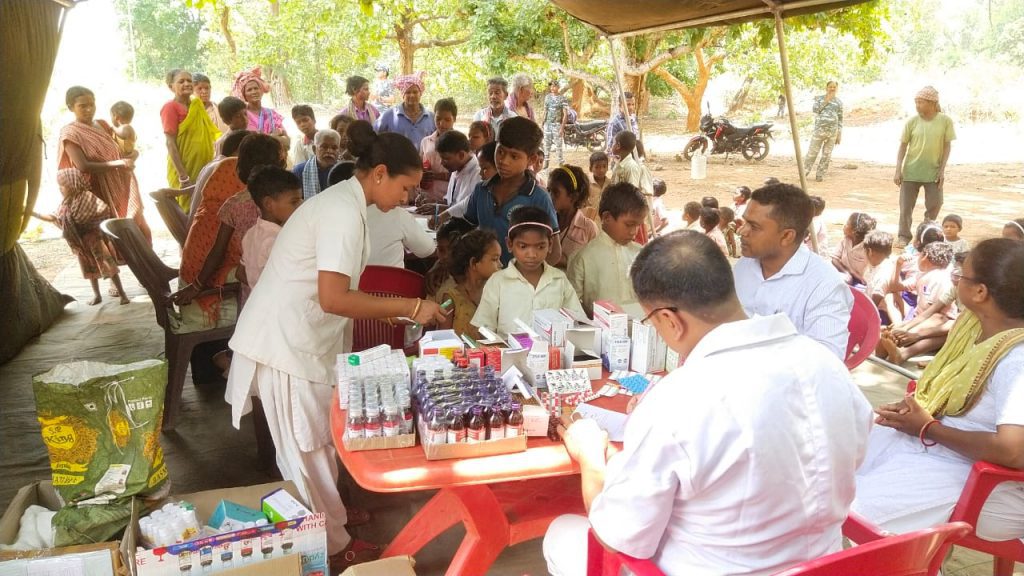
HARNESSED SOLAR ENERGY
“To overcome the lack of electricity facilities in remote and inaccessible areas, we installed 25KWp capacity solar energy-based off-grid power plants in 13 police pickets and camps,” Mr. Mittal informed. This initiative not only ensured electricity availability for better implementation of electric equipment, but also provided adequate lighting in the surrounding areas, thereby enhancing the convenience and efficiency of the personnel stationed there.
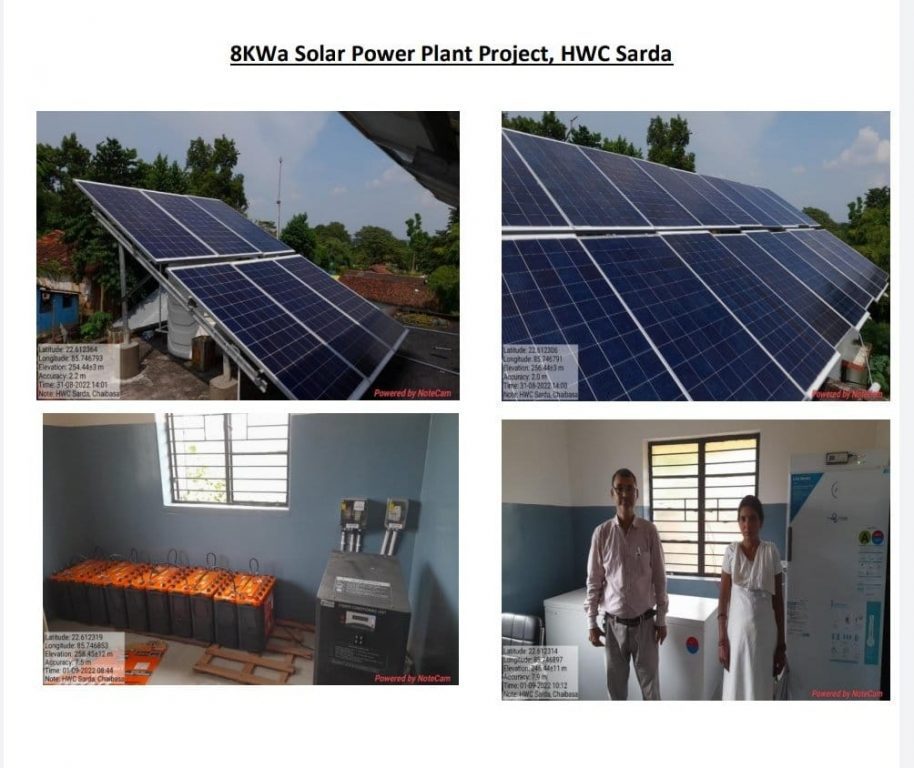
ESTABLISHED PUBLIC HELP CELL
Further, recognizing the challenges faced by people of remote areas, who have to travel to the district headquarter to resolve their issues, the district administration launched a Public Help Cell. This initiative allowed individuals to contact the district administration through ad hoc contact number 06582-256301, WhatsApp no 9279452376, and email id [email protected].
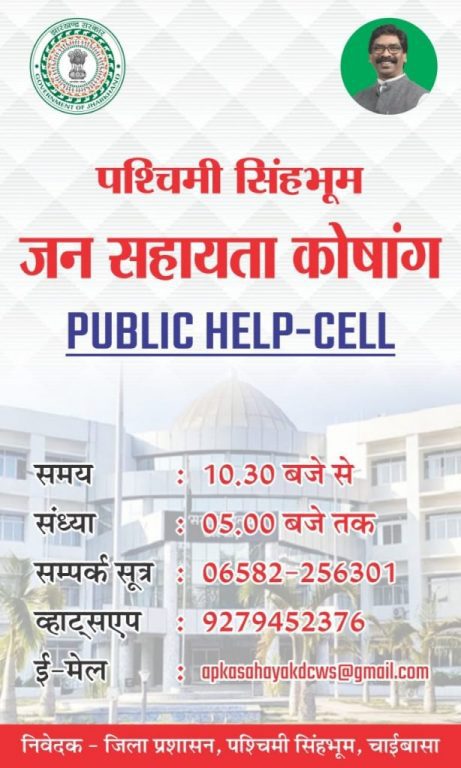
The installation of a treasury room in the Collectorate further facilitated the timely resolution of registered problems, ensuring maximum benefit from government programmes and schemes.
PROMOTED PHYSICAL FITNESS
Simultaneously, the officer and his team installed open gyms in 28 residential educational institutions across the district, to foster physical proficiency alongside education. “Gym equipment such as sit-up boards, sky walkers, cross trainers, and shoulder builders were made available to promote the all-round development of our future generations,” the officer said.

ENHANCED EDUCATION IN SCHOOLS
At the same time, to provide quality education in a virtual environment, eight government residential schools in the district were equipped with Virtual Reality Labs. These labs facilitated immersive learning experiences, reducing the time gap for students to acquire knowledge. With animated experiments and comprehensive content coverage, the VR Labs enriched education activities and provided teachers with innovative tools to enhance their teaching methodologies.
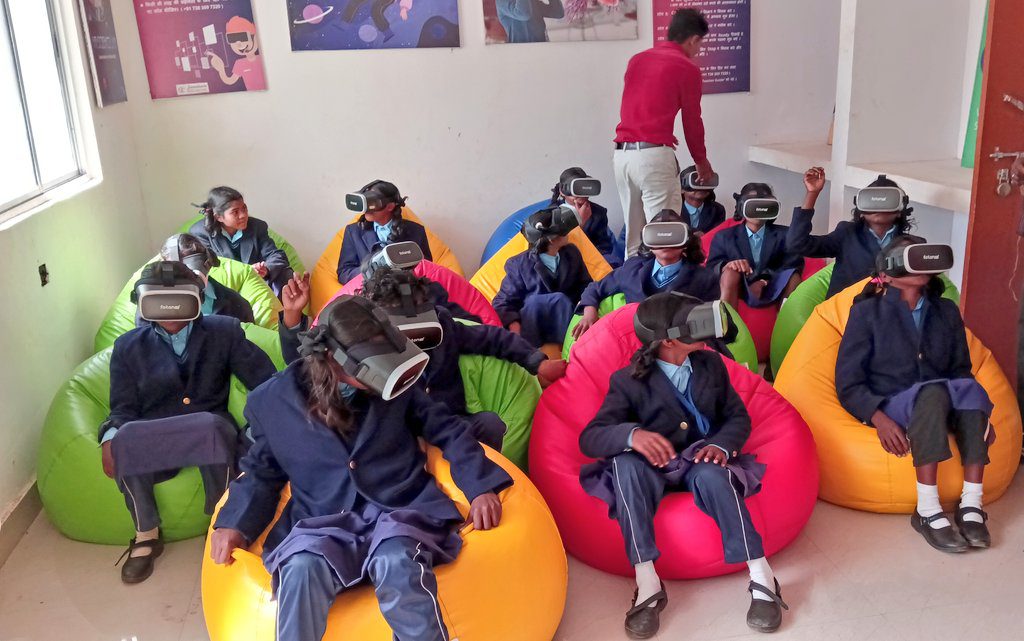
It includes 100 chapter-based 500+ animated experiments in 3D view with hands-on practical material and provides subject wise complete content coverage.
Not stopping at this, the officer also renovated 269 schools and constructed additional classrooms in various institutions under the District Mineral Foundation Trust (DMFT). The infrastructure of existing schools is being enhanced to improve resource utilization and attract students from remote areas.
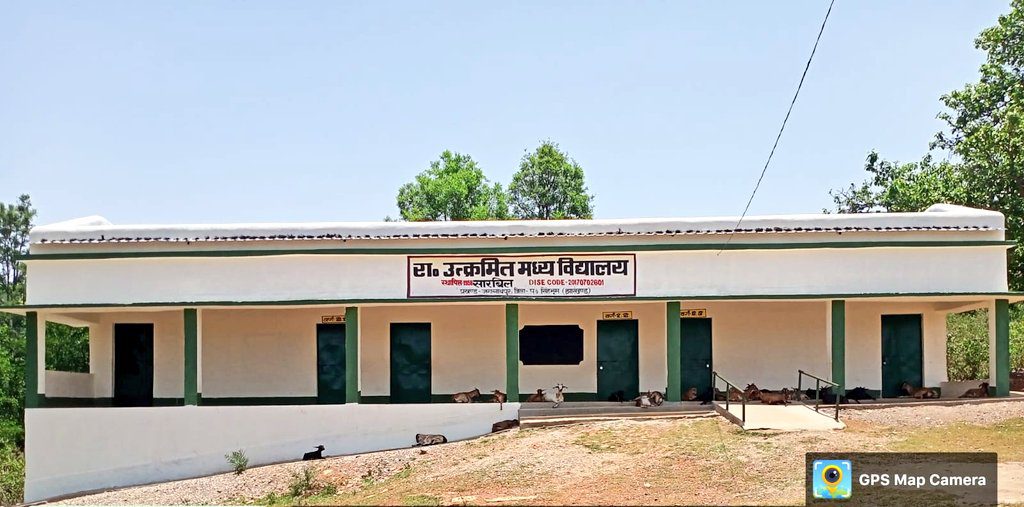
BOOSTED EMPLOYMENT AND TOURISM
Further, to generate employment and promote tourism in the district, Mr. Mittal provided assistance to eight fishing groups of local youths in reservoir areas through the convergence of different departments. Fishing groups in multiple locations received support, enabling cage culture, fish farming, and boating for tourists. This innovative approach towards employment generation was aimed at curbing migration and empowering communities in remote blocks.
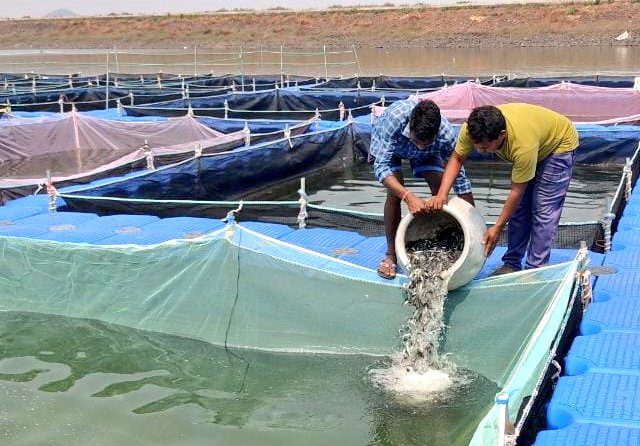
The developmental initiatives undertaken in the West Singhbhum district have certainly brought positive transformations to remote communities. “These efforts are aimed at empowering and uplifting the lives of the residents, and bridging the gaps between remote regions and mainstream development,” Mr. Mittal said, summing it up.

